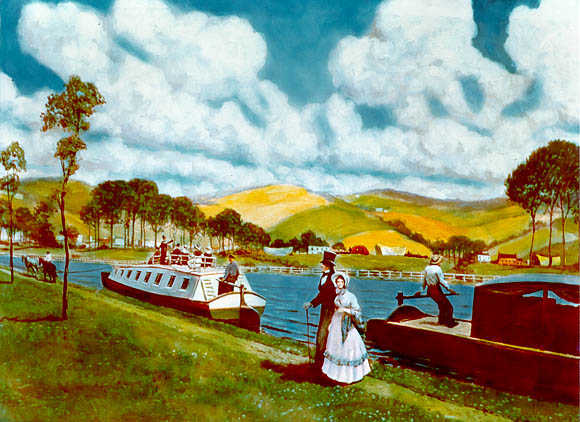Similarity: 1. The success of transportantion in NYC and Philadephia made other imitators to follow: For the transportation, the first turnpike–Philadelphia-Lancaster Turnpike was built by private stock companies and financed by private investments and toll revenues, opened in 1794 between Lancaster and Philadelphia. Due to successof the turnpike, it caused many imitators to follow. In New York alone, privately operated turnpike companies had completed 4,000 miles of toll roads by 1820. (Chudacoff p.36). Similarly, Eirc Canal was under construction from 1817 to 1825 and officially opened on October 26, 1825. It proved an enormous success upon its completion in 1825. Shipping costs from Lake Erie to New York dropped by more than 90%. The success of Erie Canal spawned may imitators to follow as well as the turnpike. Two thousand miles of canals were built during the 1830s, include a ridiculously expensive Main Line from Philadelphia to Pittsburgh.
2. In New York, the upper 4 percent owned 49 percentof the wealth in 1828 and 66 percent in 1845. SImilar concentrations of wealth could be found in Philadephia. (Chudacoff p.44).
3. The proportion of African Americans diminished in NYC and Philadelphia: African Americans had contributed over 10 percent of the population in New York City in 1810; by 1860, they represented only 1.5 percent of all New Yorker. In Philadelphia, more than 12 percent of the population was black in 1830; by 1860, that proportion had dropped to less than 4 percent. (Chudacoff p.66)
Differnence: Under pressures reulting from the yellow fever epidemics, Philadelphia constructed the country’s first major PUBLIC waterworks. while other cities included NYC which purchased water from PRIVATE companies. and the quality of the water system was low because few private corporations were willing to commit huge amounts of captial to the construction and mainltenance of an elaborate water system.









